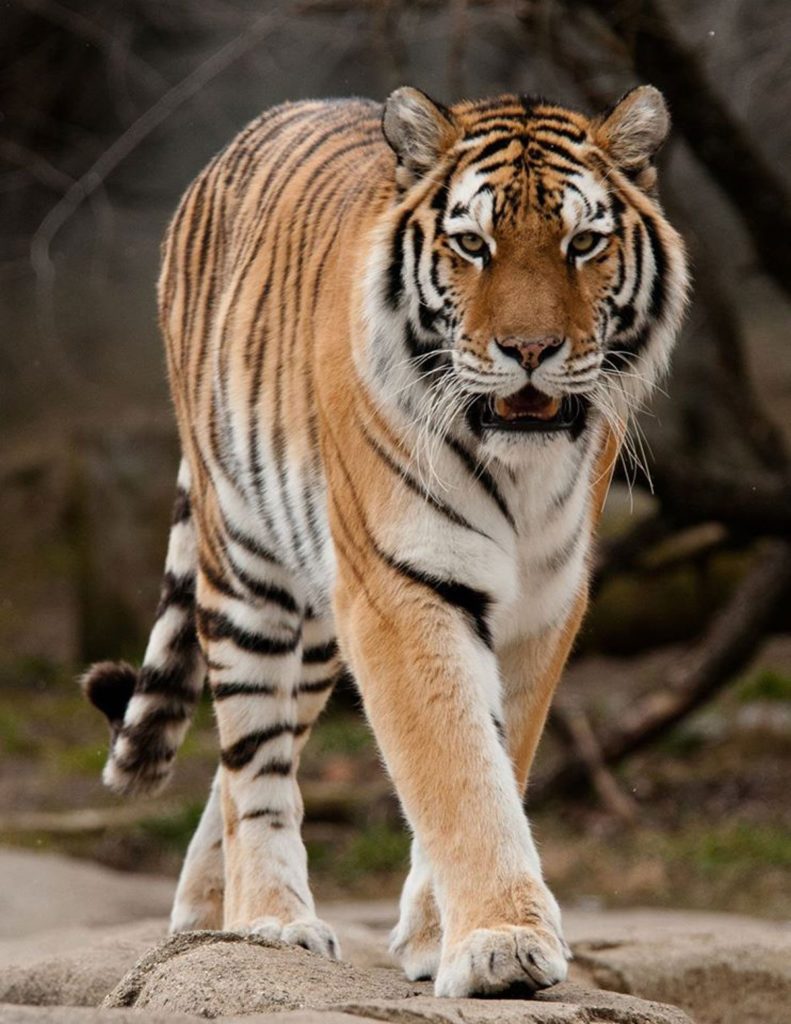The threat to tigers from the trade in products such as their skins, bones and claws is not being treated with the same seriousness as the impact of ivory on elephants. That’s according to a campaigner who attended a meeting of the Convention on International Trade in Endangered Species in mid-January.
Debbie Banks of the Environmental Investigation Agency (EIA) says that tiger farming – where tigers are raised in captivity and then killed for their parts – obstructs efforts to increase numbers in the wild. “Farming tigers perpetuates the market and stimulates the poaching of wild animals,” Banks said. “We should be having the same discussions about tigers as we are about ivory – zero tolerance of any trade.” There are tiger farms in China, Laos, Thailand and Vietnam, but most of the ‘produce’ is destined for China. Any international trade is banned under CITES, but trade within China is a sticking point, because the government has not outlawed it.

Campaigners wanted to see China accept a long-standing CITES ruling that no tigers should be bred for trade, whether international or national. That didn’t happen, but observation groups welcomed some draft decisions – that must be ratified later this year -on tackling tiger farming on a country-by-country basis. “If we want to save wild tigers, look at what India, Nepal and Russia are doing,” said Banks. “They don’t have tiger farms, they don’t treat tigers as a commodity, and that’s where numbers are increasing.”














